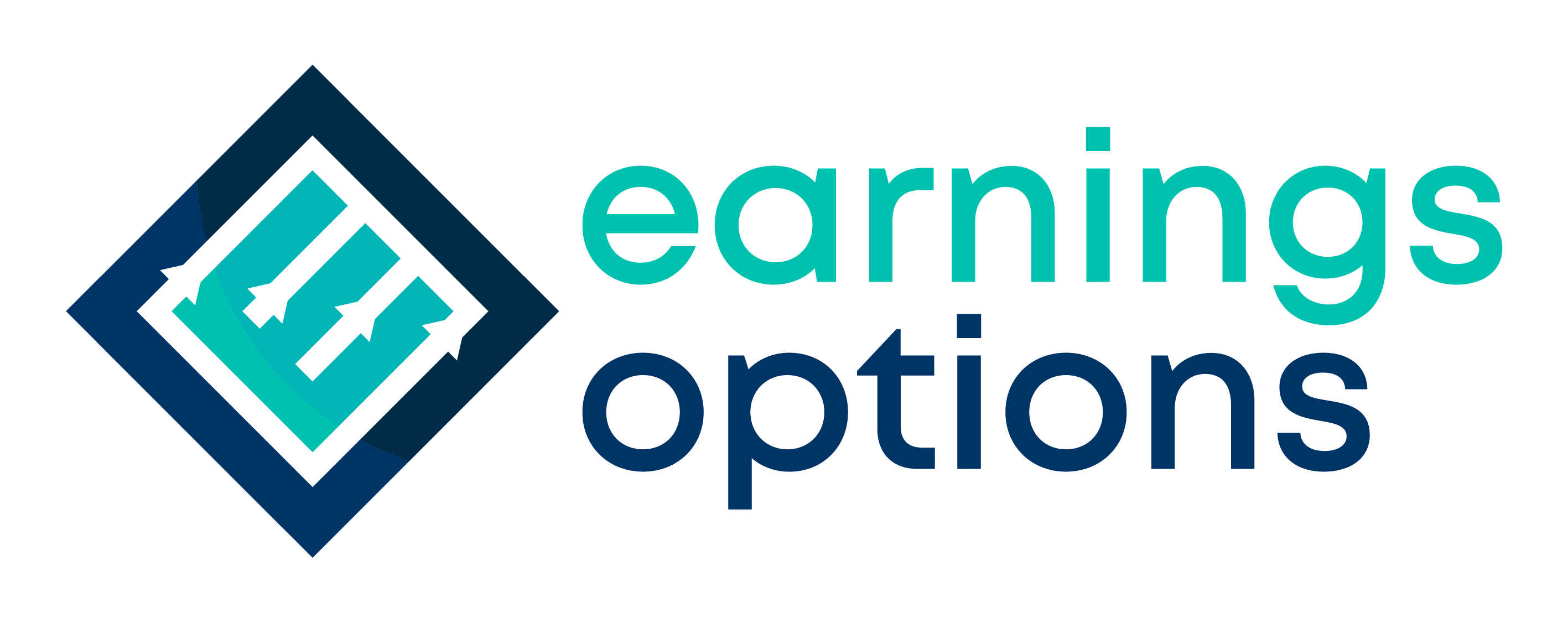The allure of investing in physical metals has persisted through centuries, offering a tangible asset that many believe can act as a hedge against inflation and economic uncertainty. Gold, silver, and copper are three popular metals that attract investors for different reasons. In this 900-word article, we delve into the unique characteristics, benefits, and risks associated with investing in these metals, helping you make an informed decision based on your financial goals and risk tolerance.
Gold: The Timeless Treasure Gold has long been considered a safe-haven asset, with its value often remaining stable or even appreciating during times of economic turbulence. Investors turn to gold for its wealth preservation qualities and potential to provide returns over the long term.
Pros:
- Stability: Gold’s value has stood the test of time, maintaining its worth across millennia.
- Hedge Against Inflation: As the cost of living increases, gold prices typically rise, protecting the purchasing power of your investment.
- Diversification: Adding gold to your investment portfolio can reduce risk, as it often moves inversely to stock markets.
- Global Demand: The demand for gold is universal, driven by its uses in jewelry, technology, and as a reserve asset by central banks.
Cons:
- Storage Costs: Physical gold requires secure storage, which can incur significant costs.
- Illiquidity: Selling large amounts of gold can be challenging, potentially impacting the price you receive.
- No Yield: Unlike stocks or bonds, gold does not generate income through dividends or interest.
Silver: The Affordable Alternative Silver, often referred to as the ‘poor man’s gold,’ offers a more accessible entry point for investors looking to hold a tangible asset. Its industrial applications and lower price point make it an attractive option for both small and large investors.
Pros:
- Industrial Demand: Silver is used in a variety of industries, including electronics, medicine, and renewable energy, driving its demand.
- Price Potential: With a lower price per ounce than gold, silver offers greater potential for price appreciation during bull markets.
- Tangibility: Like gold, silver can be held in physical form, providing a sense of security and control over your investment.
- Historical Value: Silver has been used as a form of currency and store of value for thousands of years, establishing its place in the investment world.
Cons:
- Volatility: Silver prices tend to be more volatile than gold, leading to larger price swings.
- Storage and Security: Physical silver requires secure storage, which can be costly and logistically challenging, especially in large quantities.
- Tarnishing: Unlike gold, silver can tarnish over time, potentially affecting the resale value of coins and bars.
Copper: The Industrial Metal Copper is predominantly an industrial metal, with its value closely tied to the health of the global economy. Investing in physical copper is less common than gold or silver, but it offers a unique opportunity to diversify a metals portfolio.
Pros:
- Economic Growth: As a key component in construction, electronics, and transportation, copper demand tends to rise with economic expansion.
- Inflation Hedge: Like gold and silver, copper can act as a hedge against inflation, preserving purchasing power over time.
- Potential for Appreciation: With increasing demand and finite supply, copper prices have the potential for significant appreciation.
- Tangibility: Physical copper, like gold and silver, provides a tangible asset that can be held and stored.
Cons:
- Volatility: Copper prices are subject to volatility, influenced by economic cycles, mining production, and global demand.
- Storage Challenges: Copper is less dense than gold or silver, meaning a similar value of copper will take up more space, posing storage challenges.
- Lack of Liquidity: The market for physical copper is smaller than for gold or silver, potentially making it harder to sell your investment.
Making the Right Choice for Your Portfolio When considering investing in physical metals, it’s crucial to evaluate your financial goals, risk tolerance, and the role you want the investment to play in your overall portfolio. Here are some key considerations:
- Diversification: Including a mix of gold, silver, and copper in your portfolio can provide diversification benefits, spreading risk across different assets.
- Investment Horizon: Consider your investment timeline. Gold may be more suitable for long-term wealth preservation, while silver and copper might offer shorter-term opportunities.
- Storage and Security: Ensure you have the means to securely store your physical metals, and factor in the associated costs.
- Liquidity Needs: If you anticipate needing to convert your investment to cash quickly, gold and silver generally offer higher liquidity than copper.
- Economic and Market Conditions: Stay informed about economic and market trends, as these can significantly impact metal prices.
Investing in physical metals like gold, silver, and copper provides a unique opportunity to own tangible assets with potential financial benefits. Each metal has its own set of characteristics, risks, and rewards, making it vital to conduct thorough research and consider how these investments fit into your broader financial strategy. By understanding the pros and cons of each metal and aligning your investment choices with your personal goals and risk tolerance, you can make informed decisions and harness the potential benefits of investing in physical metals.

